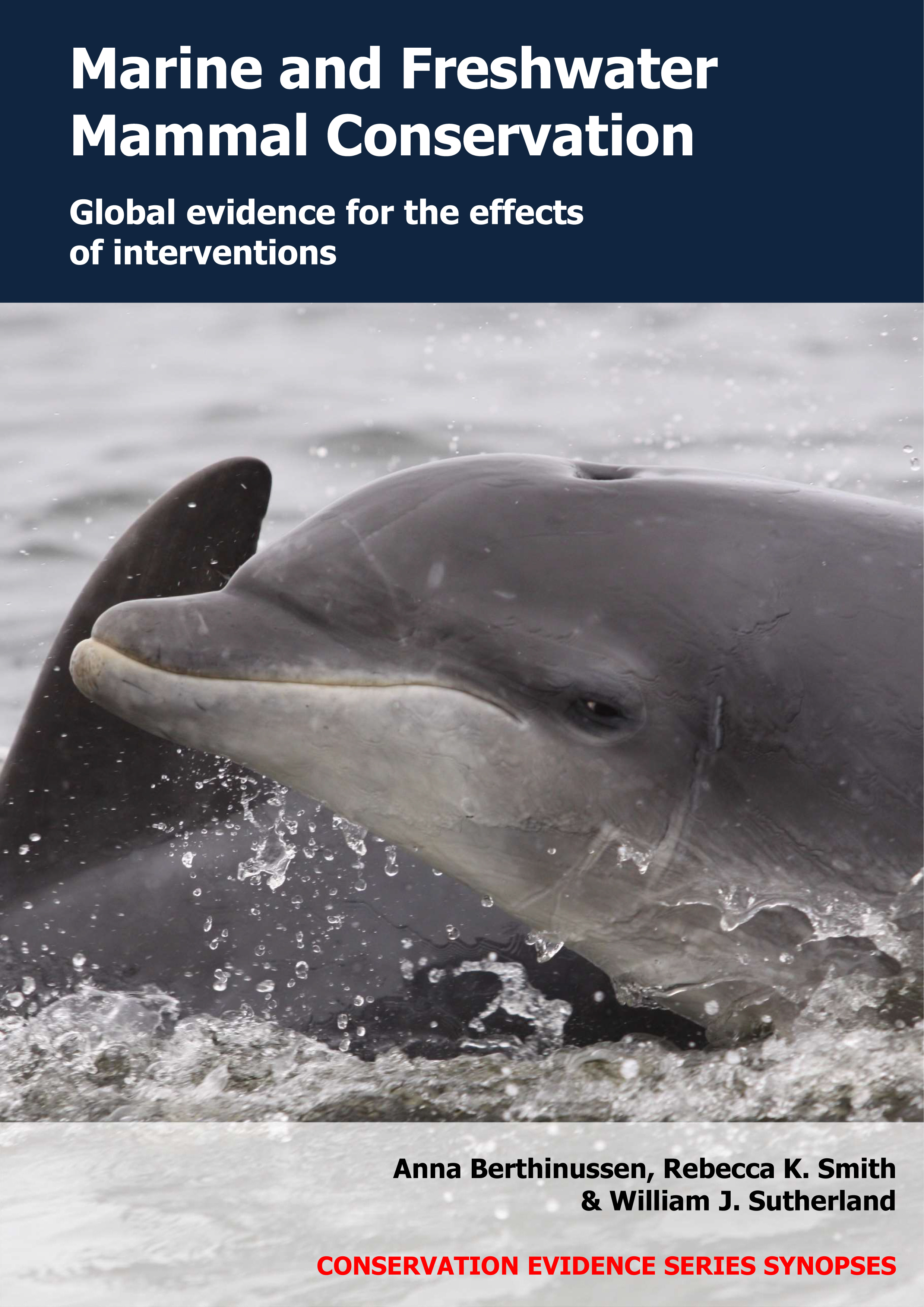Use deterrents to reduce predation on marine and freshwater mammals by native species
-
Overall effectiveness category Unknown effectiveness (limited evidence)
-
Number of studies: 1
View assessment score
Hide assessment score
How is the evidence assessed?
-
Effectiveness
30% -
Certainty
27% -
Harms
0%
Study locations
Supporting evidence from individual studies
A controlled study in 2009 at two small islands in the North Pacific Ocean, Hawaii, USA (Gobush & Farry 2012) found that two types of deterrent (boat motor sounds or a continuous human presence) did not reduce Galapagos shark Carcharhinus galapagensis predation on Hawaiian monk seal Monachus schauinslandi pups. The total number of predation events did not differ significantly when boat motor sounds were played (0 events) or when humans were continuously present (2 events) compared to when no deterrent was used (4 events). However, the authors state that shark presence was low at both sites throughout the study (12 sharks observed at one site, number not reported for the other). In May–August 2006, the two deterrent treatments and a control (no deterrent) were rotated weekly between two sites. Deterrents were boat motor sounds played back through underwater speakers (with or without a boat anchored nearby) or 1–2 people camping on the island for ≥23 h/day. Surveyors recorded shark predation events (bite wounds, pups disappearing) at both sites every 1–3 days in May–August 2006. Video cameras recorded shark presence at one site for a total of 57 days.
Study and other actions tested
Where has this evidence come from?
List of journals searched by synopsis
All the journals searched for all synopses
This Action forms part of the Action Synopsis:
Marine and Freshwater Mammal Conservation
Marine and Freshwater Mammal Conservation - Published 2021
Marine and Freshwater Mammal Synopsis





)_2023.JPG)














